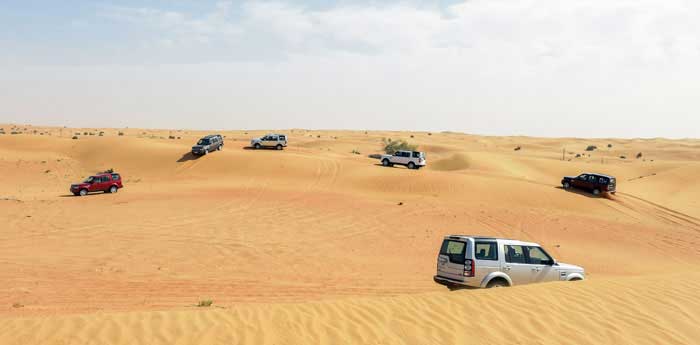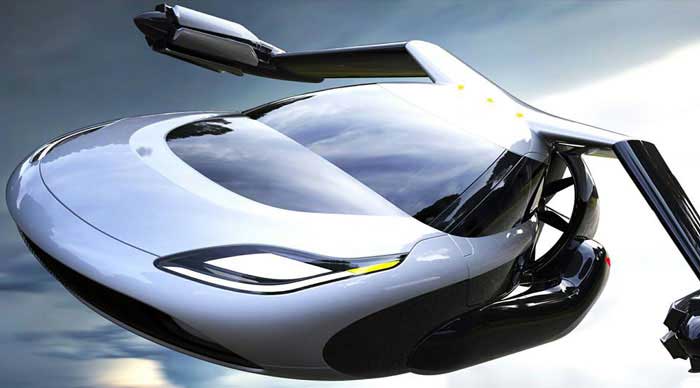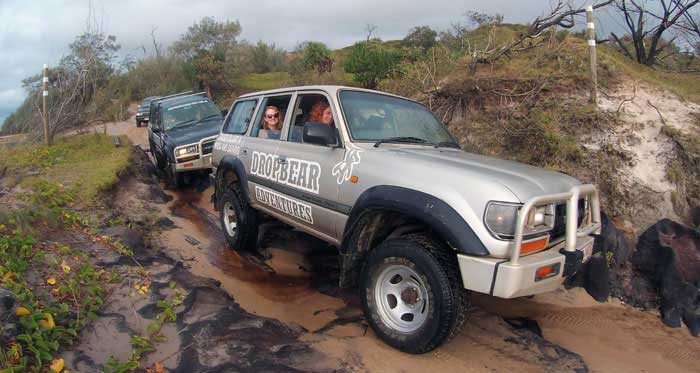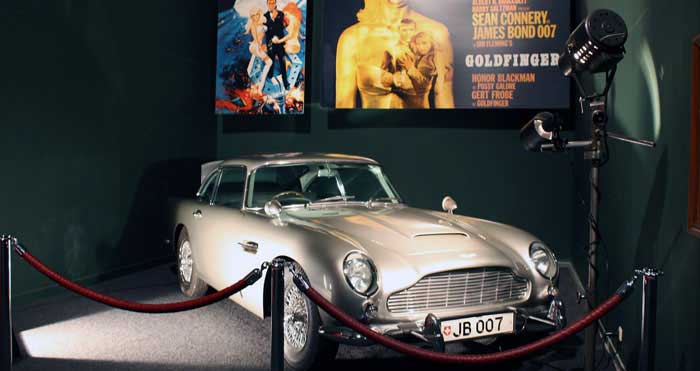The vast majority of 4x4 vehicles don't often see the likes of the terrain they were built to withstand, but there is a whole world of technical driving, obstacles and mud to conquer for those willing to stretch their car's abilities beyond the school run. Every driving surface has different properties and should be tackled differently, and it helps to have a little knowledge before putting into practice. In countries such as New Zealand and Australia there are hundreds of kilometres of drivable beaches, and with offload driving escapes such as Fraser Island on offer, sand is a surface that, for some people, is not so far from home.
The first thing you should do once you have reached sand is to de-inflate your tyres a little, down to 15 or 20 psi, maybe even 10 psi for really soft surfaces. This will allow for extra grip on the softer surface. Once you are back onto hard ground, however, you must remember to re-inflate these at your first opportunity as the lack of air will have serious consequences on your cornering, braking and control abilities on the asphalt.
Sand can come in many shapes and forms, but perhaps the most difficult to tackle is when it is particularly soft. The problem is that the surface is so loose and so your wheels can struggle to gain a grip, and the more you push forwards the deeper they will dig into the ground, making it more more difficult to escape the more you try to help yourself. The first tip here is to lower you gear. If that doesn't work, and you're really stuck, it pays to have something like an old rug in the back which you can put under the wheels to provide some extra grip. Failing this, there may be some fallen tree branches around or something that nature has provided to put under your car to try to pull it out.
When driving on the beach there are a number of hazards to look out for. Firstly, salt water can cause very expensive damage to your car, and so try to avoid splashing in the shallows, and always keep an eye on the tide times and know of risk areas on your journey to avoid getting washed out to sea or stranded. Washouts on the beach are often well concealed and can cause major damage to your car, potentially even rolling it. Also, with a lack of road markings, make sure all of your intentions are clear to other drivers.
The best sand on the beach to drive on is the damp sand that is close to the ocean, without actually driving in the water. This is harder, more compact and closer to driving on the hard surfaces your car is most comfortable driving on.
On inland trails, it is a little more difficult. Often it will feel like your car is trying to steer itself, but the trick here is not to resist too much. Your wheels will almost always follow the tracks left by the previous driver, but always be aware that you need to be in control of the car and not let it be in control of you. Attack any particularly soft sections with a little bit of speed and confidence once assessing that it is safe to do so to avoid getting stuck.




